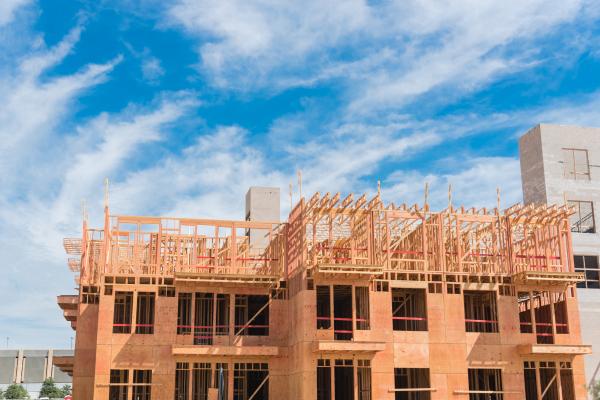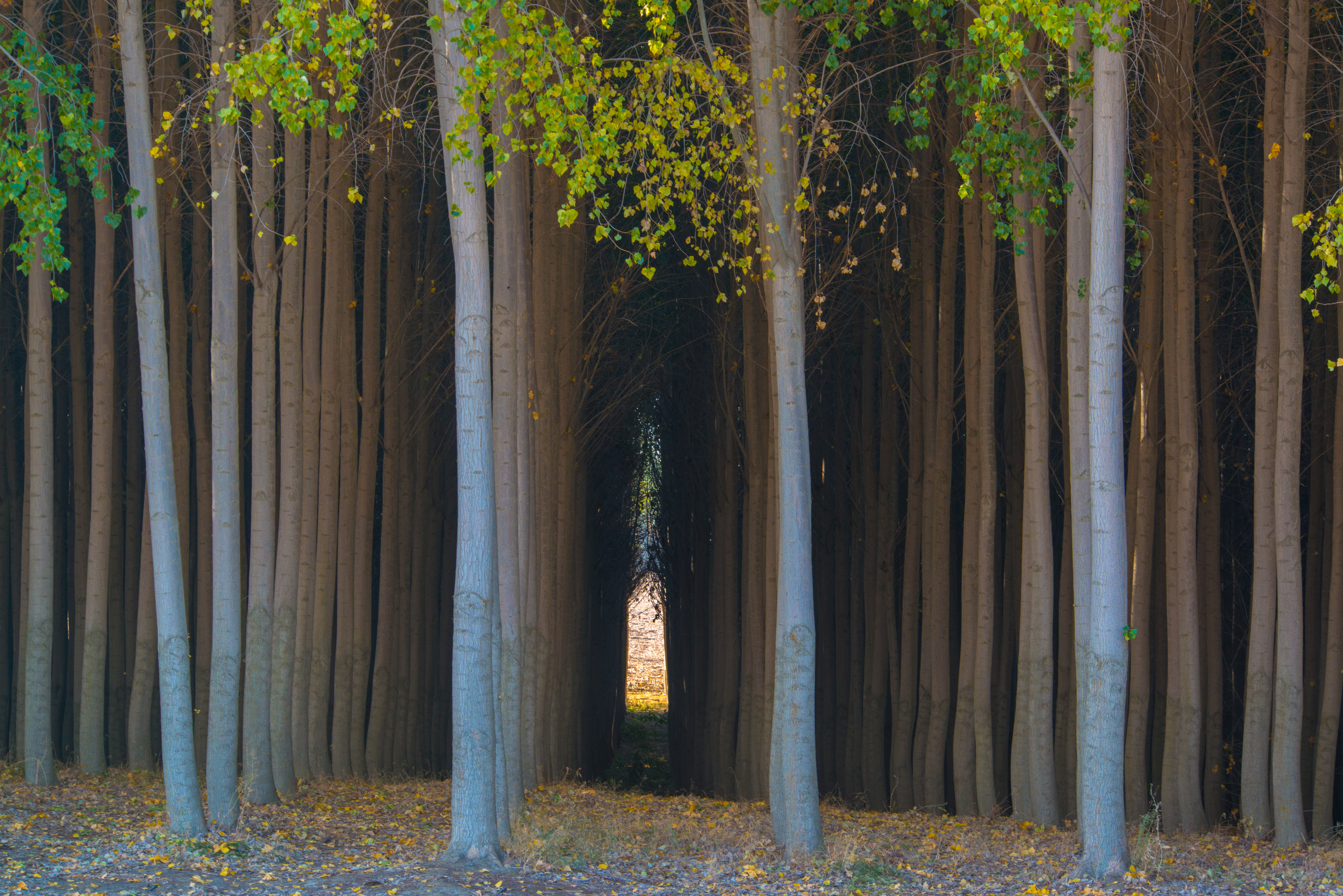Wooden High Rises and What Determines the Sustainability of 'Mass Timber' Buildings

In a recent article in The Conversation, Professor Brent Sohngen From the Department of Agricultural, Environmental, and Development Economics at The Ohio State University, examines the sustainability of using wood, specifically “mass timber,” in modern construction. Mass timber, made from laminated layers of compressed wood, is promoted as a low-carbon alternative to traditional materials like steel and concrete. Advocates claim it offers reduced construction times, cost efficiency, and comparable fire safety benefits. However, Sohngen emphasizes the importance of sustainable forestry practices in ensuring these projects genuinely contribute to climate solutions.
Sohngen highlights the potential environmental benefits of mass timber, noting that life-cycle analyses show significantly lower carbon emissions from mass timber buildings than steel-reinforced concrete. Forests, which provide the raw material for mass timber, play a critical role as carbon sinks, absorbing billions of tons of carbon dioxide annually. However, Sohngen cautions that increased demand for wood products could lead to unsustainable practices like logging in sensitive ecosystems or old-growth forests, potentially disrupting biodiversity and other ecosystem services.
Historically, U.S. forests transitioned from net carbon emitters in the early 20th century to significant carbon sinks today. This change was driven by factors like increased agricultural productivity, which allowed less productive farmland to revert to forests, and proactive tree-planting initiatives by private landowners. Sohngen points out that sustainable forest management, including reforestation and plantation expansion, has been a key factor in maintaining this balance. Industrial forests, which account for 20% of U.S. forested land but supply nearly half the nation’s timber, play a vital role in meeting rising demand while potentially relieving pressure on natural forests.

Sohngen also addresses the ongoing debate over the carbon dynamics of timber harvesting. While some critics argue that harvesting temporarily increases atmospheric carbon, research suggests that higher wood demand encourages harvesting and regeneration, ultimately increasing carbon storage in managed forests. Climate change further amplifies forest growth due to increased photosynthesis from higher atmospheric CO2 levels, particularly in young, fast-growing plantations.
The future sustainability of mass timber depends on careful sourcing and responsible forest management. Sohngen concludes that with proper practices, including reliance on planted commercial forests and conservation efforts, mass timber can support the construction industry while reducing its carbon footprint. To read the full article, visit The Conversation.
